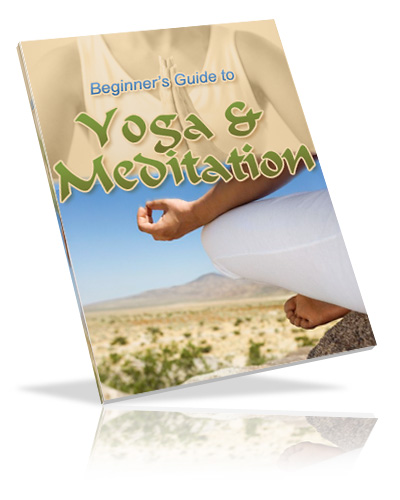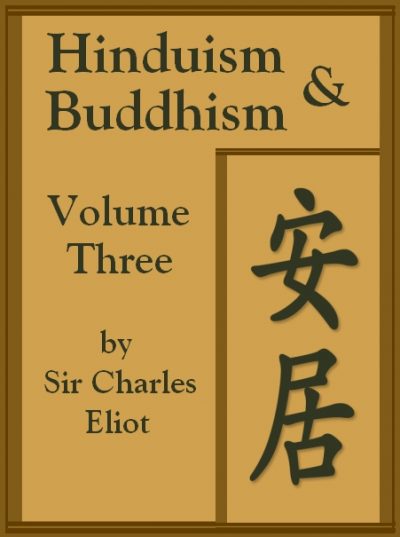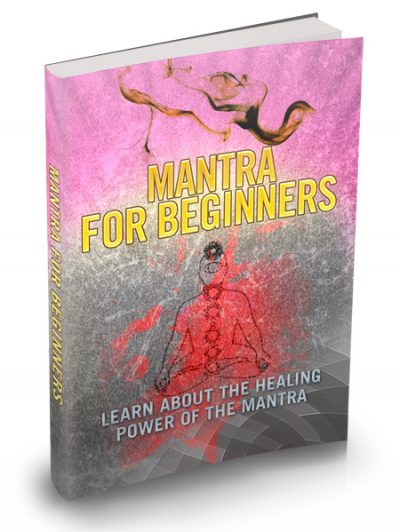Description
When one mentions “yoga”, many images may be conjured up.
Perhaps you get an image of flower children from the 60’s sitting in a circle with their legs in impossible positions chanting “Ohm” around a huge candle in a poorly lit room. Yoga is an ancient art that has been practiced for centuries. Over the years, it has risen in popularity as a way to stay fit, get in touch with one’s inner self, and keep a balance of sanity in a sometimes insane world.
While yoga did come to popularity in the 60’s with Maharishi Mahesh Yogi who popularized Transcendental Meditation (TM) in the 60’s, because he was associated with the Beatles, yoga practitioners have brought the ancient practice to the forefront of wellness in recent years. Many scholars believe that yoga dates back over 5,000 years to the beginning of human civilization. Scholars believe that yoga grew out of Stone Age Shamanism, because of the cultural similarities between Modern Hinduism and Mehrgarh, a neolithic settlement (in what is now Afghanistan). In fact, much of Hindu ideas, rituals and symbols of today appear to have their roots in this shamanistic culture of Mehrgahr.
Early Yoga and archaic shamanism had much in common as both sought to transcend the human condition. The primary goal of shamanism was to heal members of the community and act as religious mediators. Archaic Yoga was also community oriented, as it attempted to discern the cosmic order through inner vision, then to apply that order to daily living. Later, Yoga evolved into a more inward experience, and Yogis focused on their individual enlightenment and salvation.
Yoga is the most diversified spiritual practice in the world. Crossing over many cultures (including Hinduism, Buddhism, Jainism and the West), Yoga also extends over multiple languages such as Hindi, Tibetan, Bengali, Sanskrit, Tamil, Prakit, Marathi and Pali. The Yogic tradition continues to proliferate and spread its message of peace to this very day.
Full MRR Included




